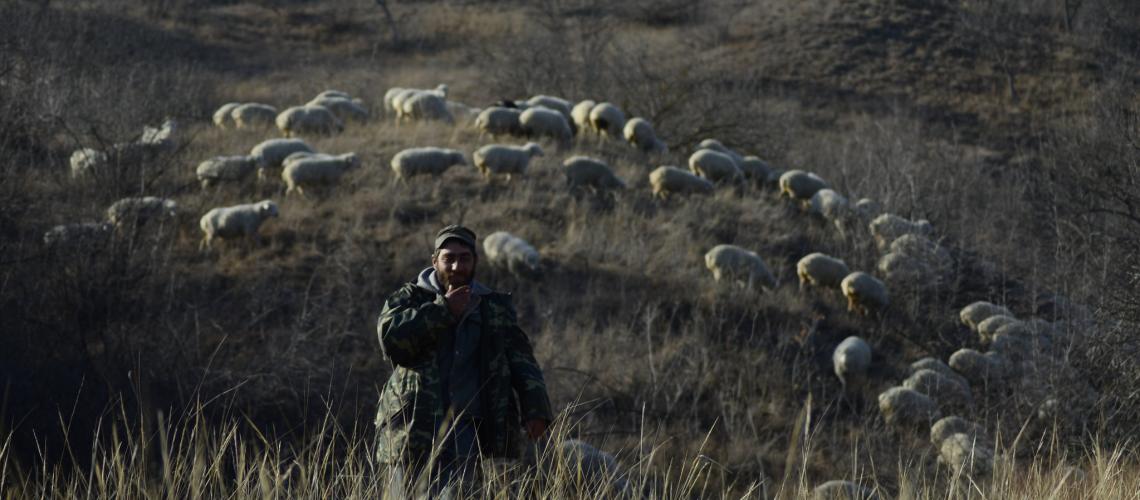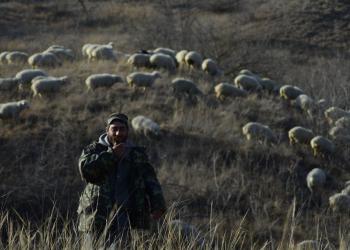
Europe & Central Asia
Georgia is characterised by the frequency and high risk of disasters that pose a significant threat to different sectors of the economy and to human development. Natural hazards such as floods, landslides, earthquakes and snow avalanches occur regularly. They occur primarily along the major rivers and in the mountainous parts of the country that covers nearly 80% of the terrain, and can severely affect local communities. Soil and vegetation are highly sensitive to degradation due to drought and overuse. Georgia is situated in one of the most seismically active regions in the Alpine-Himalayan collision belt and has been subjected to strong earthquakes, with high magnitudes. The impacts of climate change in Georgia are observed through the increased occurrence of extreme natural hazards especially in high mountains, the coast and the semi-deserts of the East.
In 2014, the Government mobilized the CADRI Partnership multidisciplinary expertise to facilitate a government-led capacity assessment of the DRR system. It covers seven socio economic sectors: environment, water resource management, agriculture, land use and urban planning, health and social protection. The assessment also puts a special emphasis on disaster education from pre-school to post graduate education. The prioritization process supported by the CADRI Partnership resulted in the articulation of a National Disaster Risk Reduction Strategy and Action plan (2017-2020).

 English
EnglishGeorgia - National plan 2015-2019
15 Dec 2014 English
EnglishGeorgia - Capacity Diagnosis Report
15 Sep 2014 English
EnglishGeorgia - Country Brochure
15 Jun 2014
